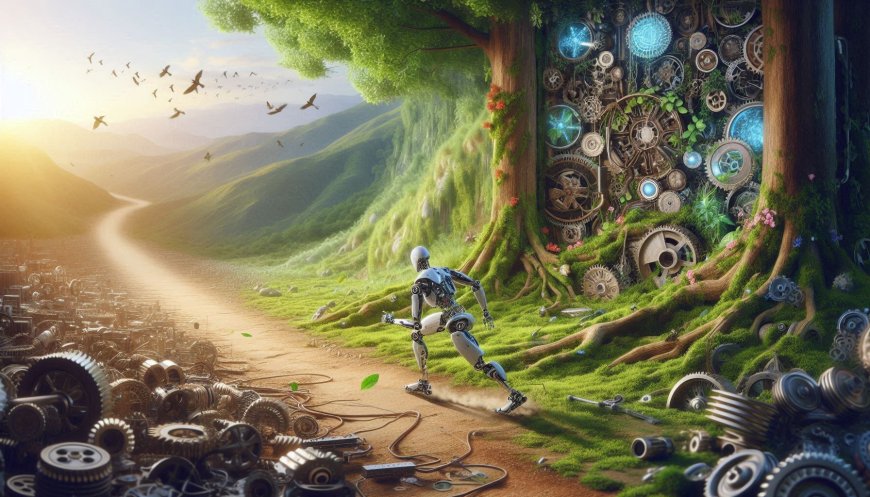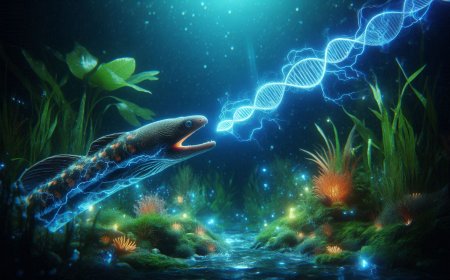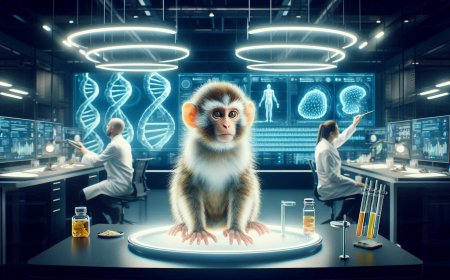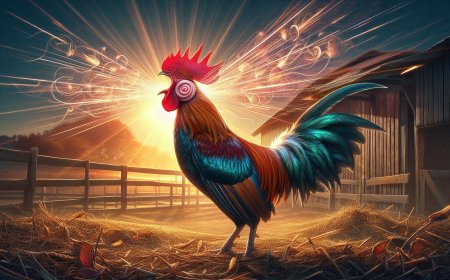The Slow March of Progress: Why Robots Can’t Keep Up with Nature
Explore the slow evolution of robotics compared to nature's adaptive prowess. Discover why technological progress struggles to keep pace with the complexity and resilience of the natural world.

For decades, robotics engineers have been chasing a dream: to create robots that can walk, run, and leap with the grace and endurance of animals. Yet, despite millions of dollars and countless hours poured into research, today’s robots still struggle to match the fluidity and agility of creatures as simple as a cockroach. While we’ve seen impressive advancements in robotic intelligence and computing power, one fundamental area is moving more slowly than expected—robotic locomotion.
At first glance, robots appear capable of extraordinary feats. Humanoid robots balance delicately on two legs, quadrupeds trot confidently across uneven ground, and drones zip through the sky with stunning precision. But when compared to the natural world, the limitations of these machines become glaringly obvious.
Dr. Max Donelan from Simon Fraser University explains the challenge by pointing to the wonders of the animal kingdom: “Wildebeests migrate thousands of kilometers over punishing terrain, mountain goats defy gravity by scaling near-vertical cliffs, and even a cockroach can keep moving after losing a leg.” Despite years of progress, robots are nowhere close to matching the endurance, robustness, and adaptability these animals display as part of their everyday survival.
The Integration Problem
The gap between robots and animals isn’t necessarily because robots are poorly designed. In fact, robots often outperform animals when you examine specific subsystems like power generation, sensing, or mechanical strength. The issue, according to a team of scientists and engineers, lies in integration.
A recent study, published in Science Robotics, sheds light on why robots are still lagging. The research brought together experts like Dr. Sam Burden from the University of Washington and Dr. Tom Libby from SRI International to explore how robots stack up against biological organisms in key areas: power, frame, actuation, sensing, and control.
Their findings were surprising. While many robotic components surpass the performance of their biological counterparts—think motors with more power or sensors with greater precision—the overall system of an animal is still far superior. It’s not that animals have better individual parts; it's how those parts work together as an integrated system that makes all the difference.
Take, for example, the humble cockroach. Its limbs are not particularly powerful, and its brain is not advanced compared to today’s artificial intelligence. But it can still scuttle across rocky terrain, adjust its gait after losing a leg, and react to obstacles almost instantly—all while using a tiny fraction of the energy a robot would require. The key to its success lies in how seamlessly its brain, muscles, and sensory systems communicate and adapt.
Dr. Kaushik Jayaram from the University of Colorado Boulder, one of the study’s contributors, explained it well: “Engineered parts might individually exceed their natural equivalents, but the holistic performance of animals in motion remains unmatched. The real challenge isn’t just in building better components but in making them work together as effortlessly as nature does.”
Learning from Evolution
The study highlights an important truth about evolution and engineering. Animals have spent millions of years refining their movements through trial and error, slowly evolving to become the masters of locomotion we see today. Robots, on the other hand, have only been under development for a few decades.
But there’s a silver lining to this seemingly slow progress. Unlike evolution, which can take millennia to adapt to new challenges, robotic engineering has the benefit of speed and precision. “We can update and improve robot designs with precision,” notes Dr. Simon Sponberg from Georgia Institute of Technology. “With each iteration, we learn something new, and we can immediately apply these lessons to every machine.”
The research team remains optimistic about the future of robotic locomotion. By studying how animals seamlessly integrate sensory input, muscle movement, and brain activity, engineers can develop robots that move more fluidly and efficiently. This progress could revolutionize how robots are used, especially in challenging environments like disaster zones or complex urban landscapes.
The Road Ahead
Though robotic locomotion is still in its infancy compared to the majestic movements of the natural world, the future looks bright. The key to unlocking faster, more agile, and more adaptable robots lies in one crucial principle: learning from nature.
As Dr. Max Donelan puts it, “As we learn from biology to better integrate and control robotic systems, we can achieve the level of efficiency, agility, and robustness that mirrors the natural world.”
It’s a long road ahead, but with each small step, we get closer to robots that can march alongside wildebeests, scale cliffs like mountain goats, and keep moving—no matter the obstacles—like the resilient cockroach.
What's Your Reaction?






































































































